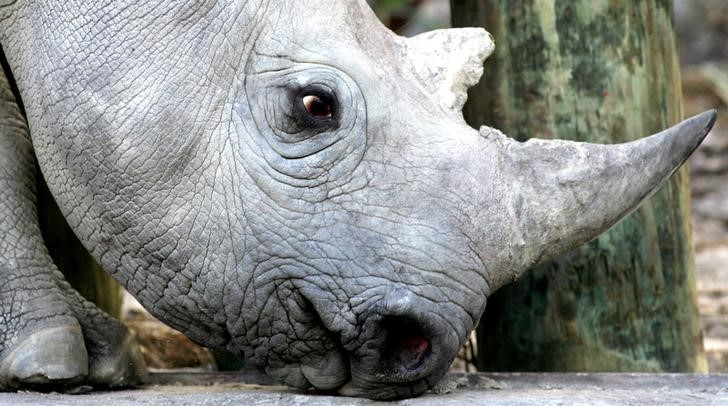
South Africa Rhino Poaching Stats Drop Sharply But Hundreds Still Being Killed
Over 500 rhinos were poached for their horns in South Africa in the first eight months of 2018… which while still horrific, is a 26 % drop from the 691 who were slaughtered in the same period last year, the Department of Environmental Affairs said on Friday as it released the latest South African rhino […]

Over 500 rhinos were poached for their horns in South Africa in the first eight months of 2018… which while still horrific, is a 26 % drop from the 691 who were slaughtered in the same period last year, the Department of Environmental Affairs said on Friday as it released the latest South African rhino poaching statistics.

This maintains a downward trend since 2014, when a record 1,215 rhinos were poached in the country, but the scale of the slaughter suggests demand remains strong in Asian markets, like China and Vietnam, where the horn is prized as an ingredient in traditional medicines as a supposed cure for everything from a loss of libido to cancer.
The department says that reasons for the decline include a mobile radar system used to detect poaching activity which has “ensured the decrease of rhino poaching in high density areas by more than 80 %”.
Poaching and drought have also reduced the population so there are fewer rhinos for poachers to target, Reuters reported. The Kruger National Park is estimated to have around 5,000 rhinos now, down from around 9,000 in 2014, according to government figures.
Estimates vary but South Africa is believed to have up to 80 % of an estimated global population of over 20,000 rhinoceroses, making it the centre of the poaching crisis. There is an international ban on the trade in rhino horn.
In 2007, only 13 rhinos were illegally killed for their horns in South Africa, but the numbers then surged to meet demand as affluence grew in Asian economies such as Vietnam and China. A total of 1,028 rhinos were poached in 2017 in South Africa.
Initiatives to stem the poaching wave have included plans to relocate and breed new populations on Texas ranches to educational campaigns highlighting the animals’ plight.
(Editing by David Stamp and Jenni Baxter)
